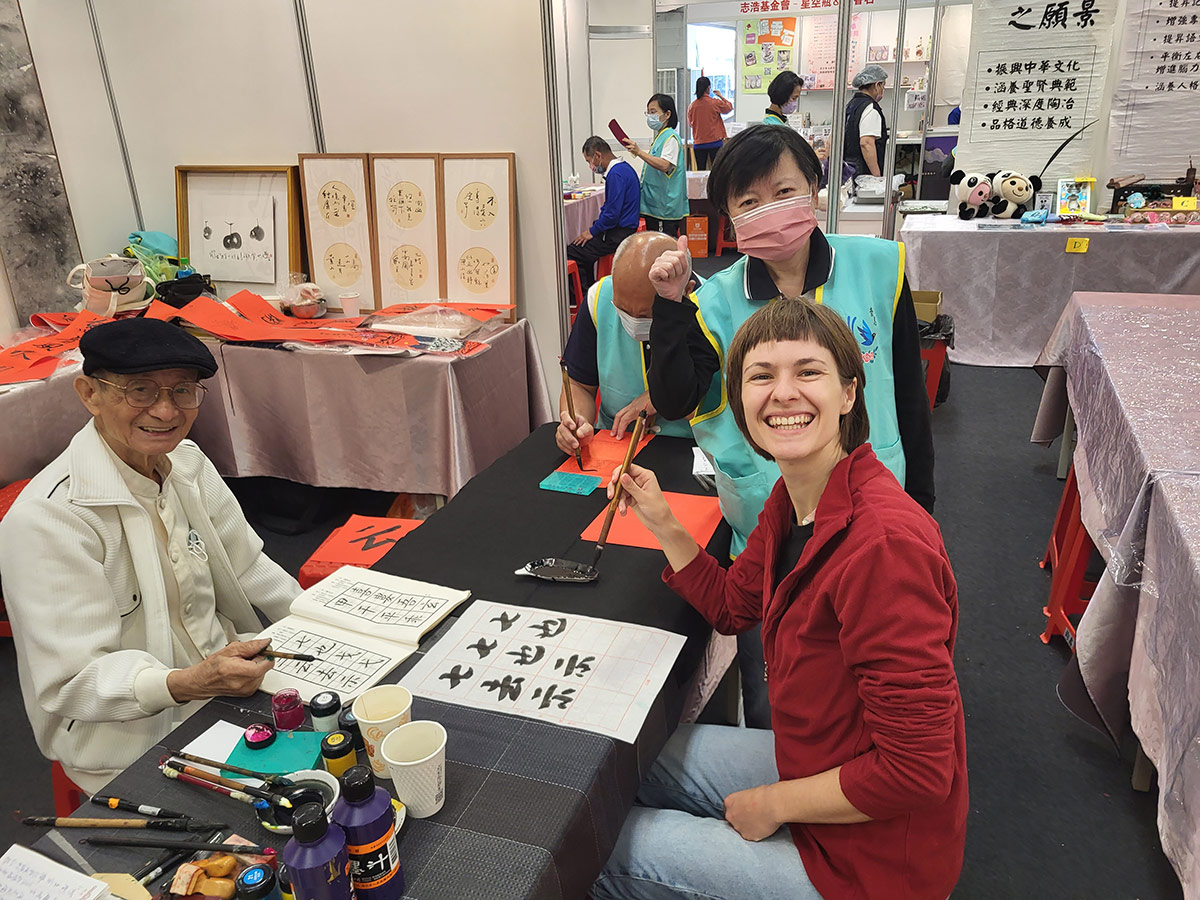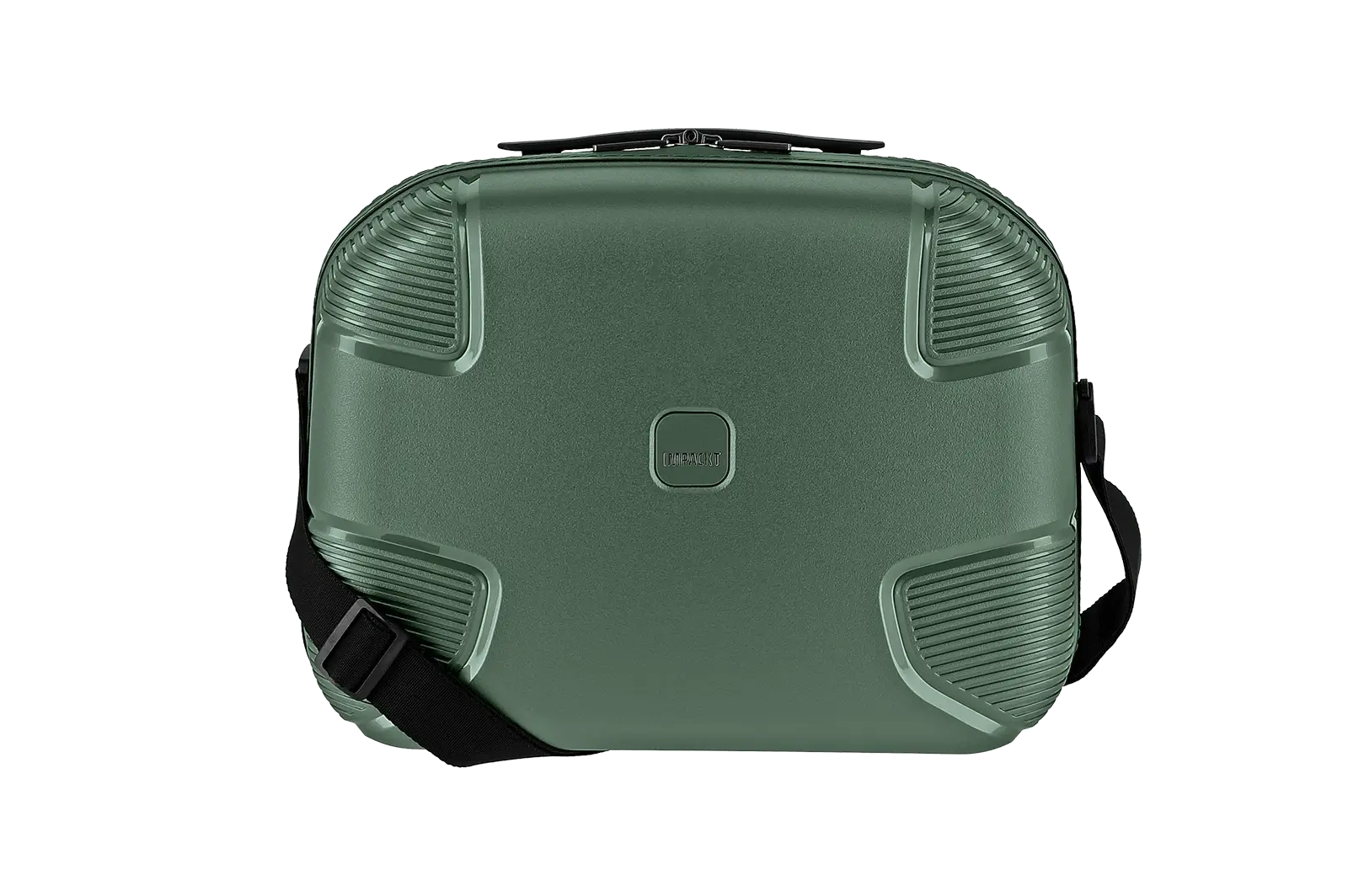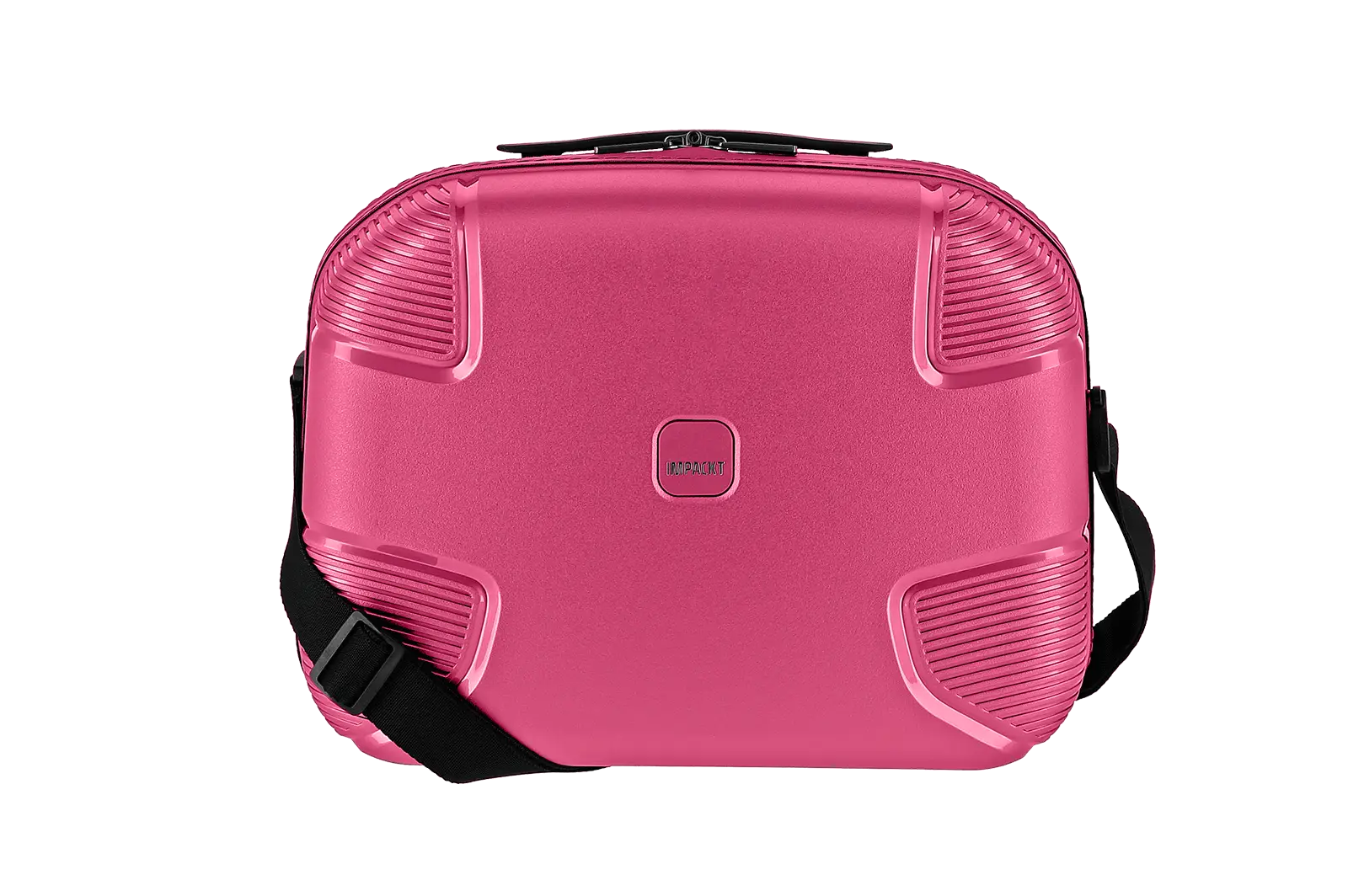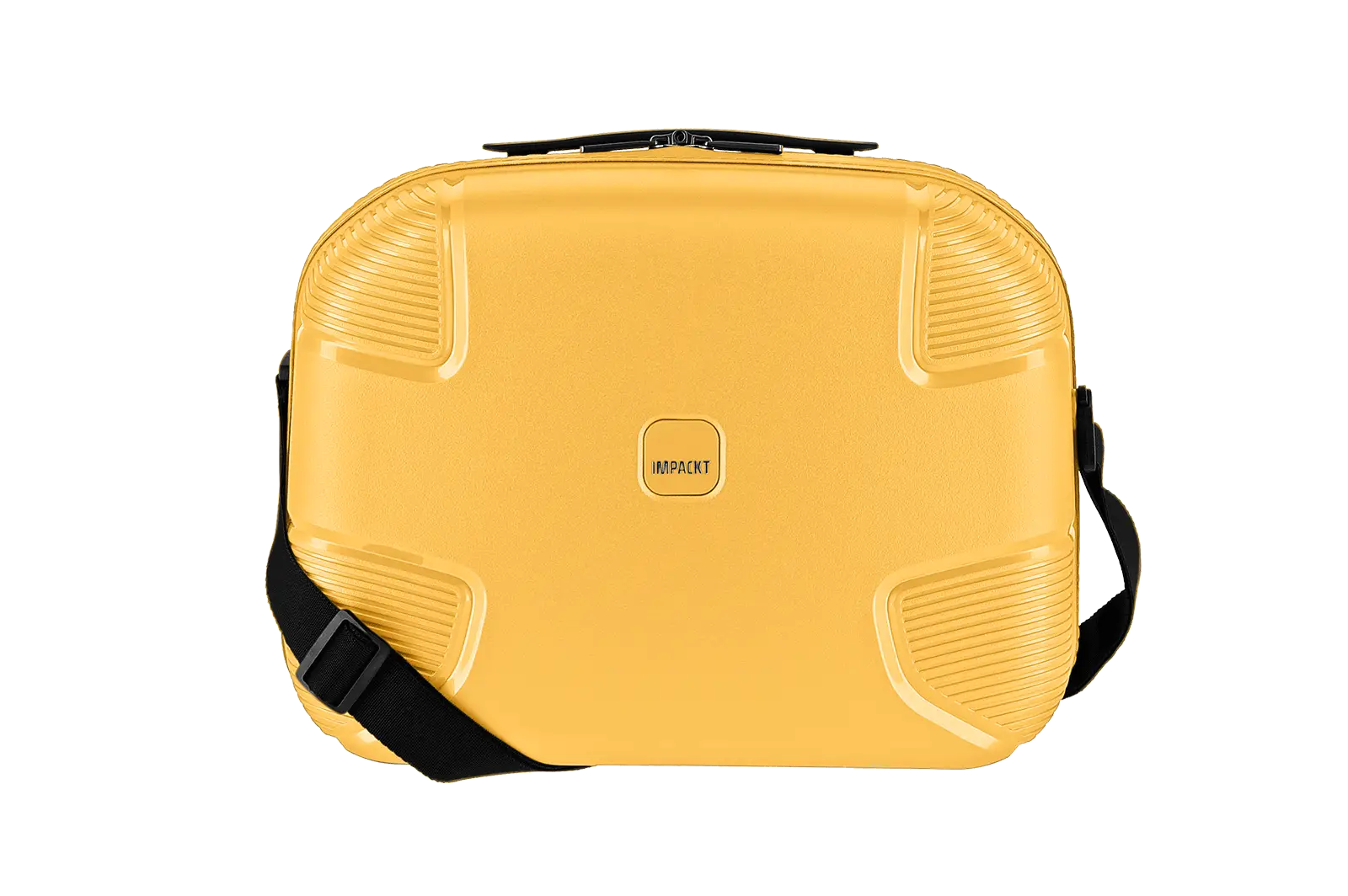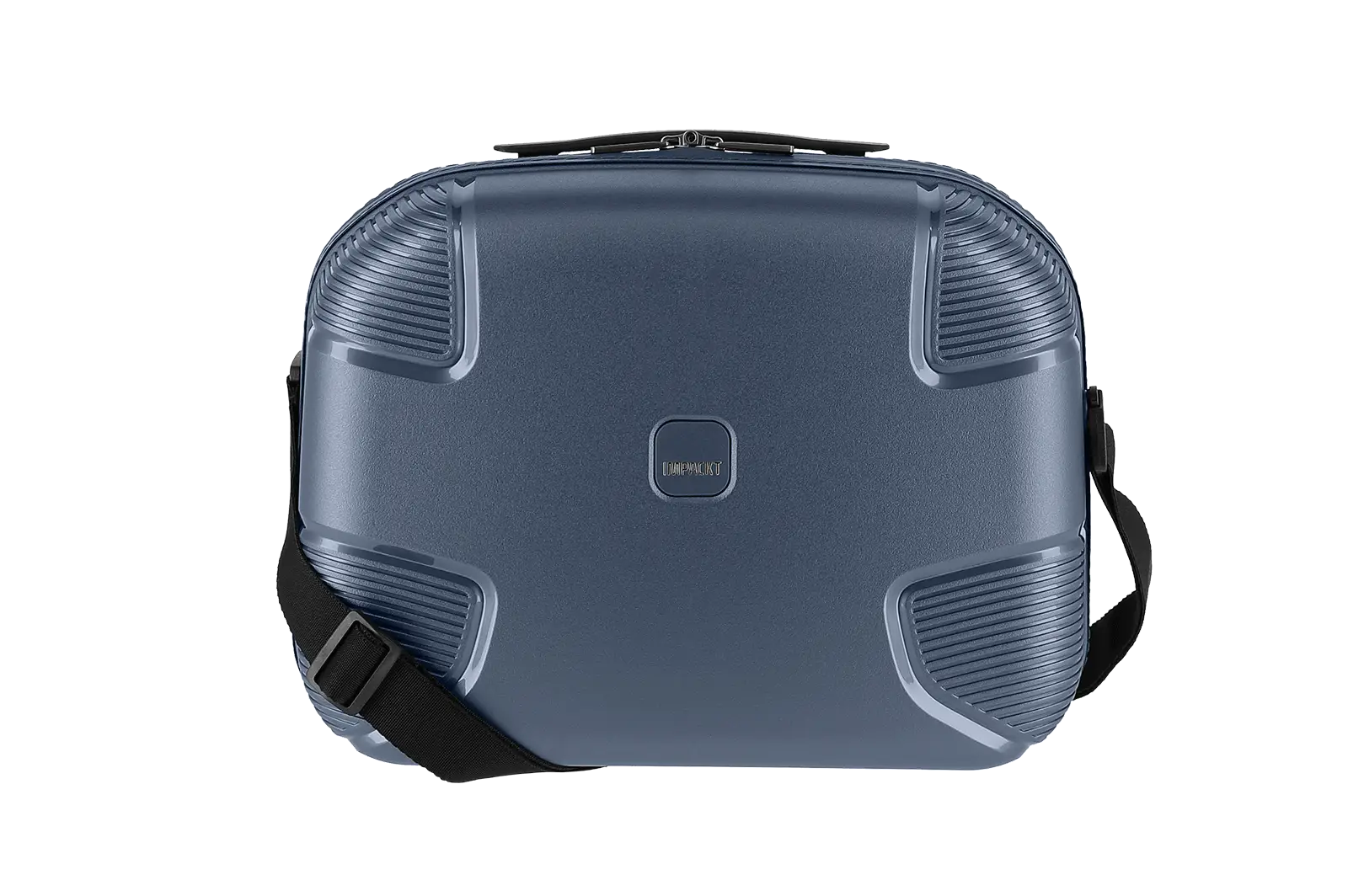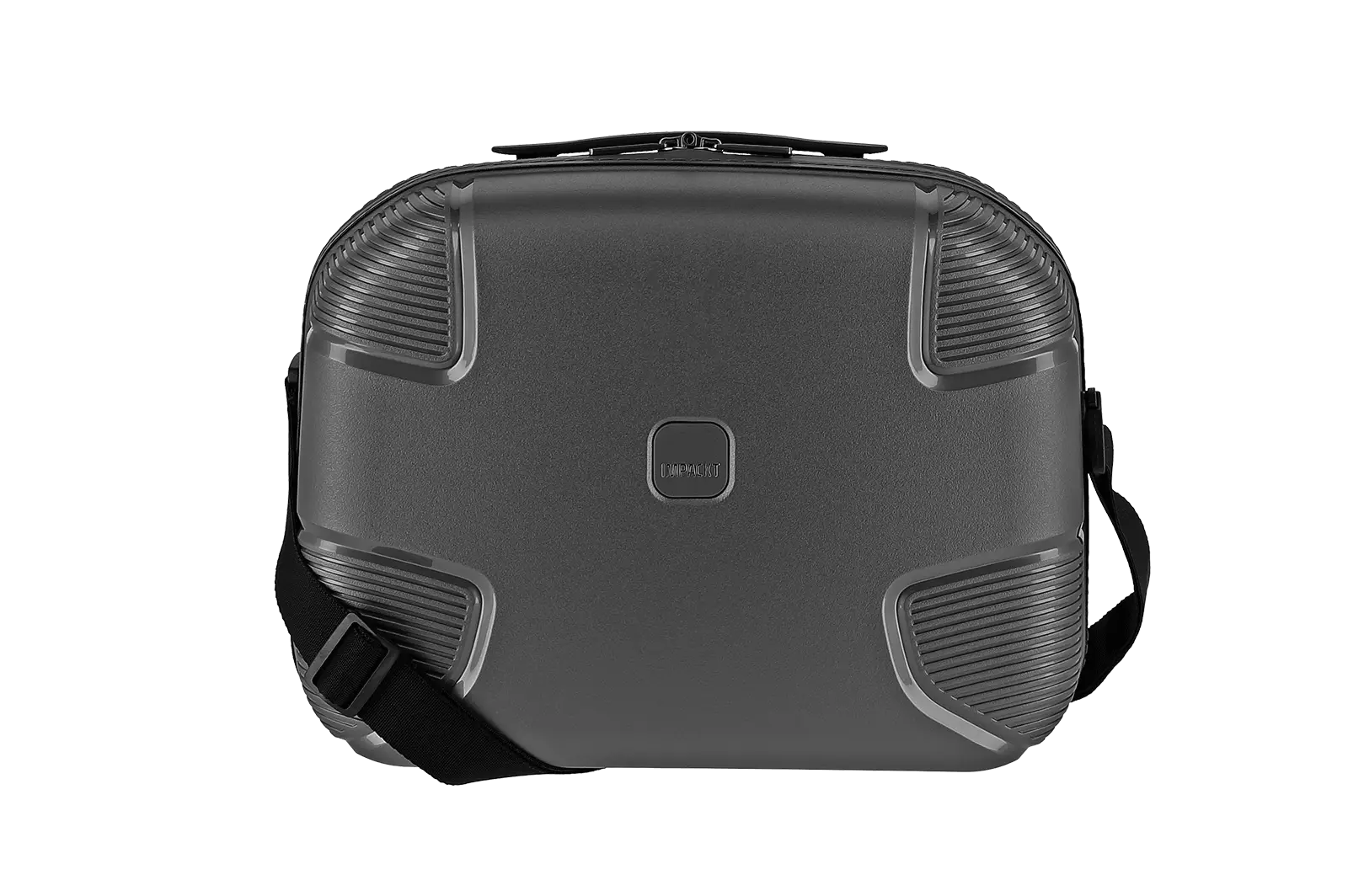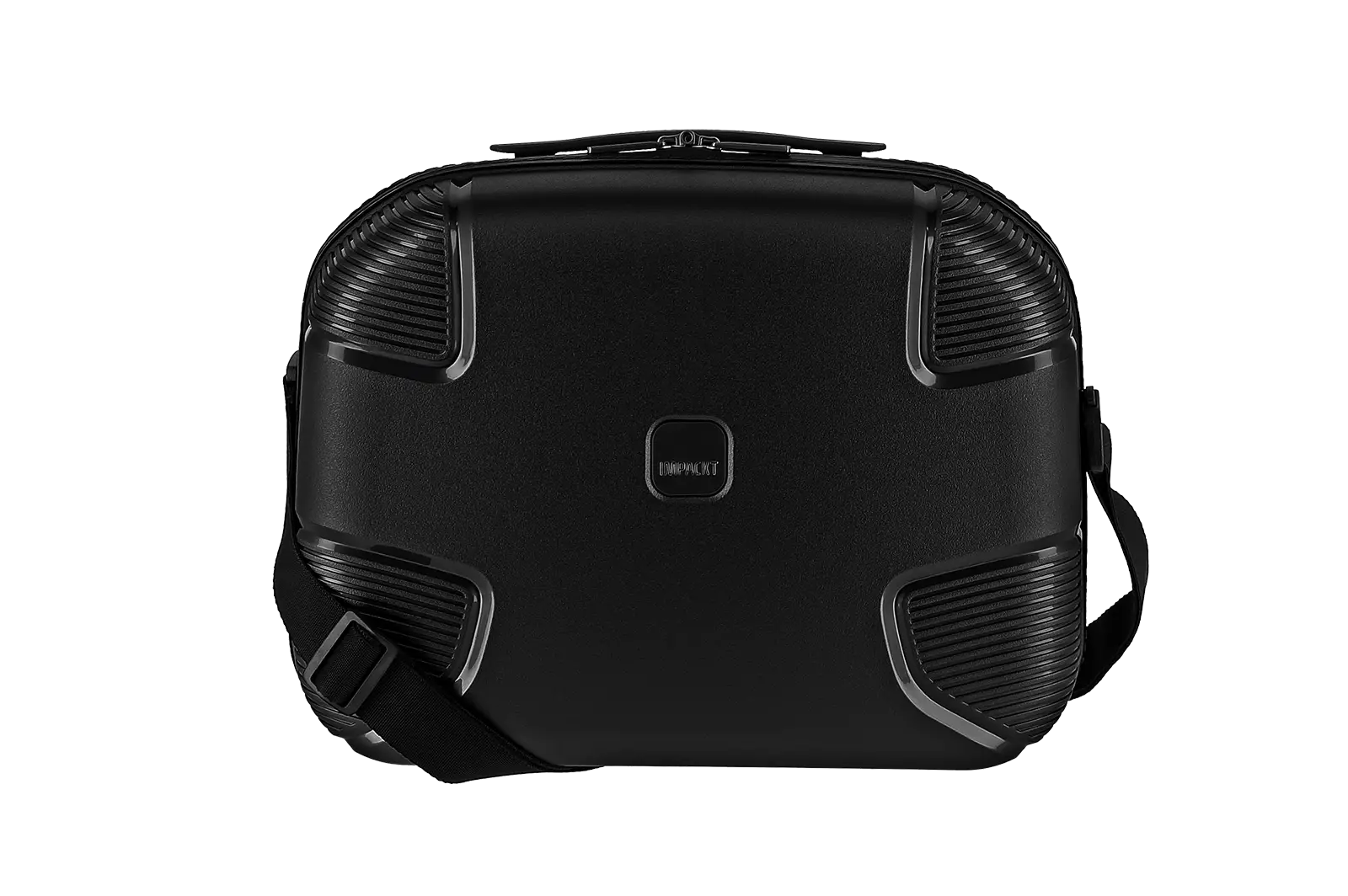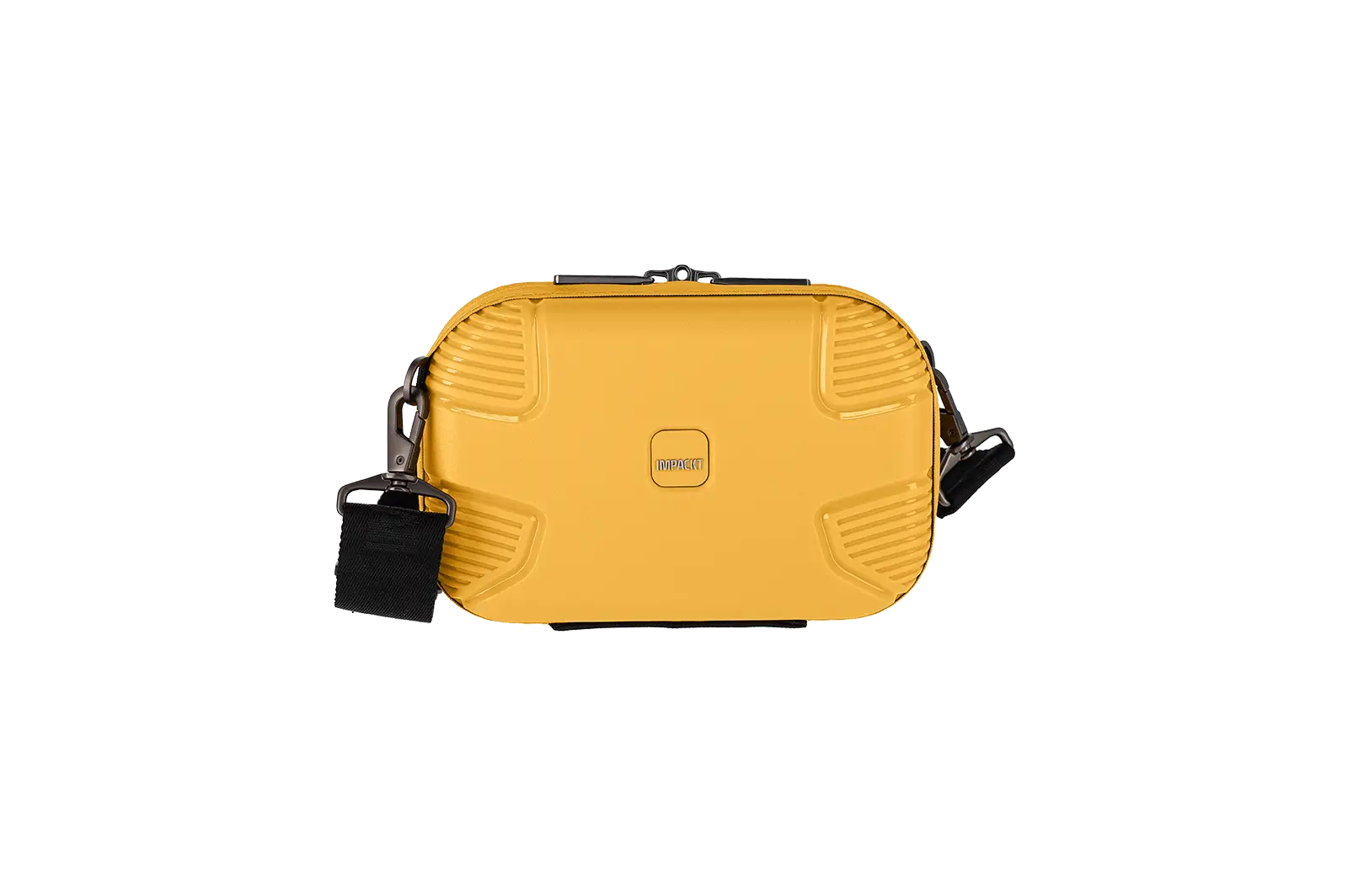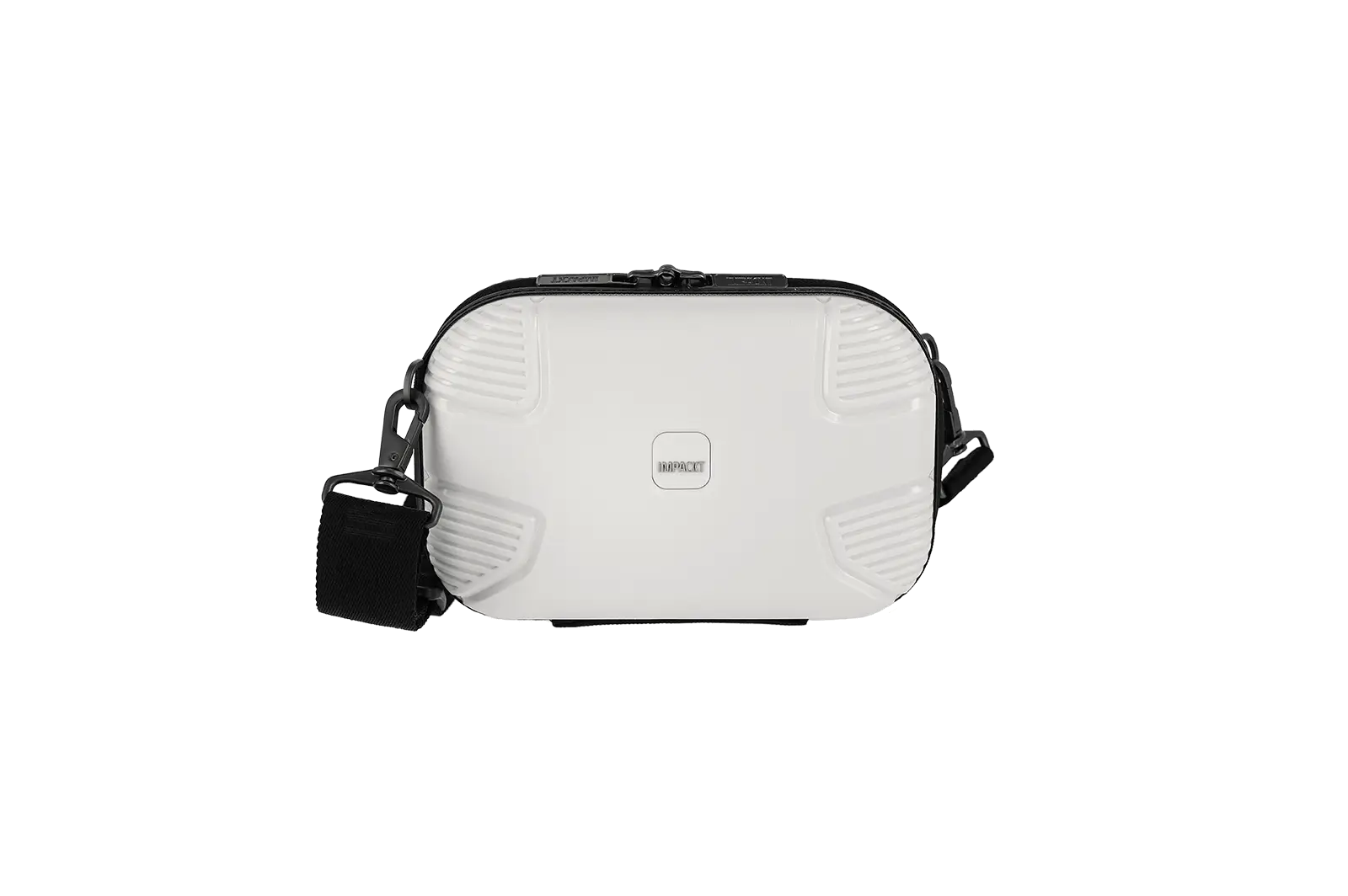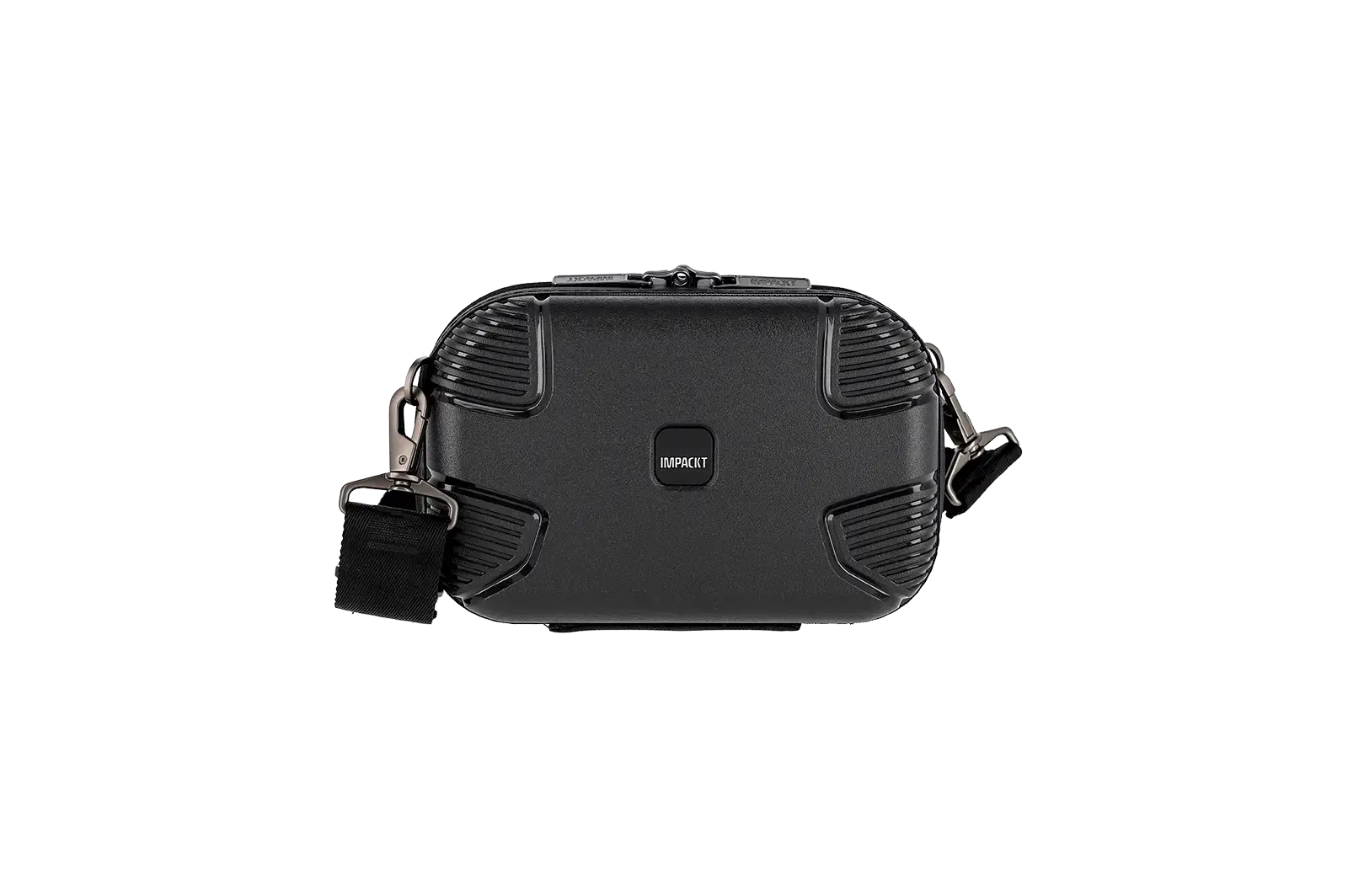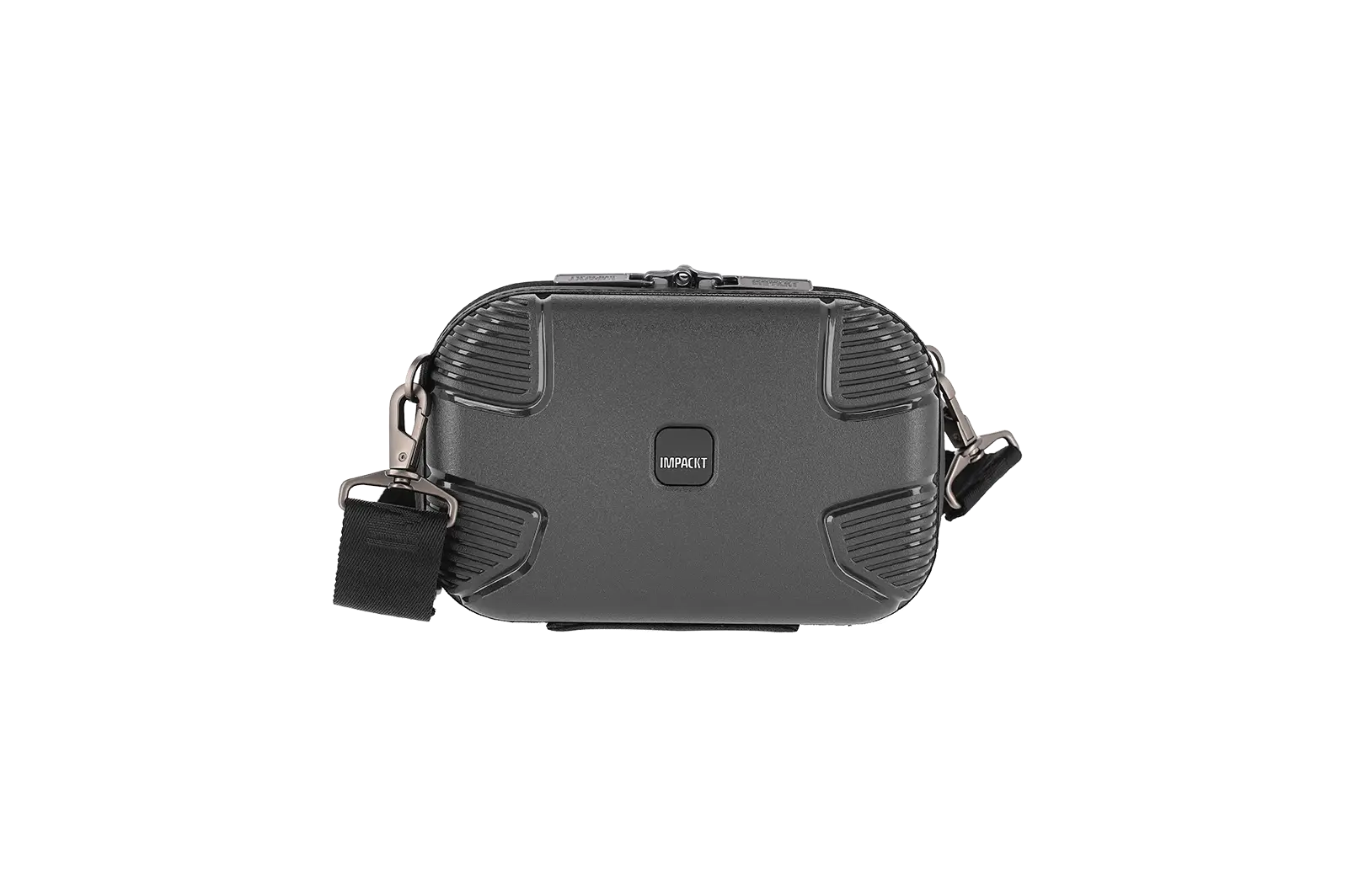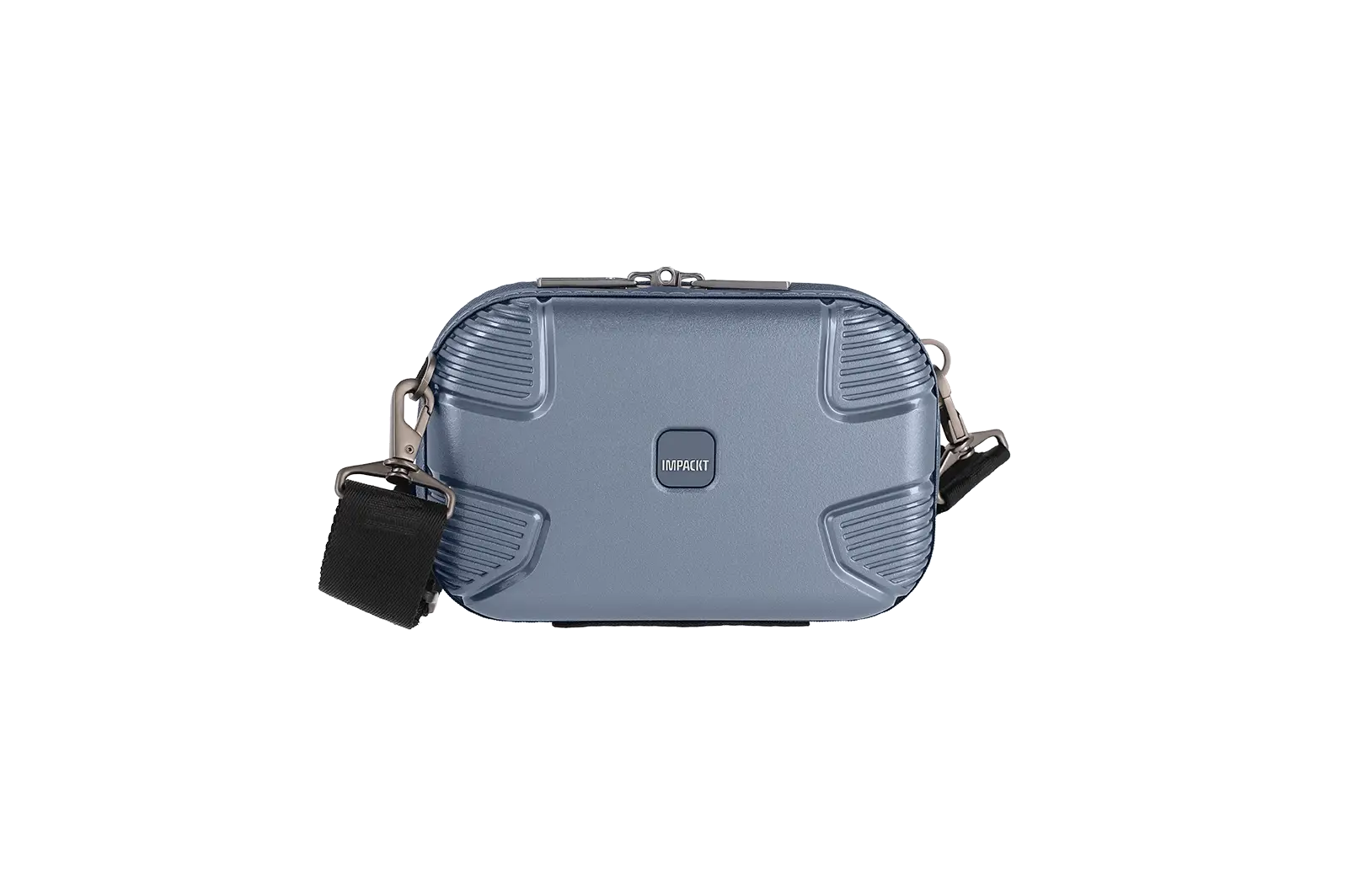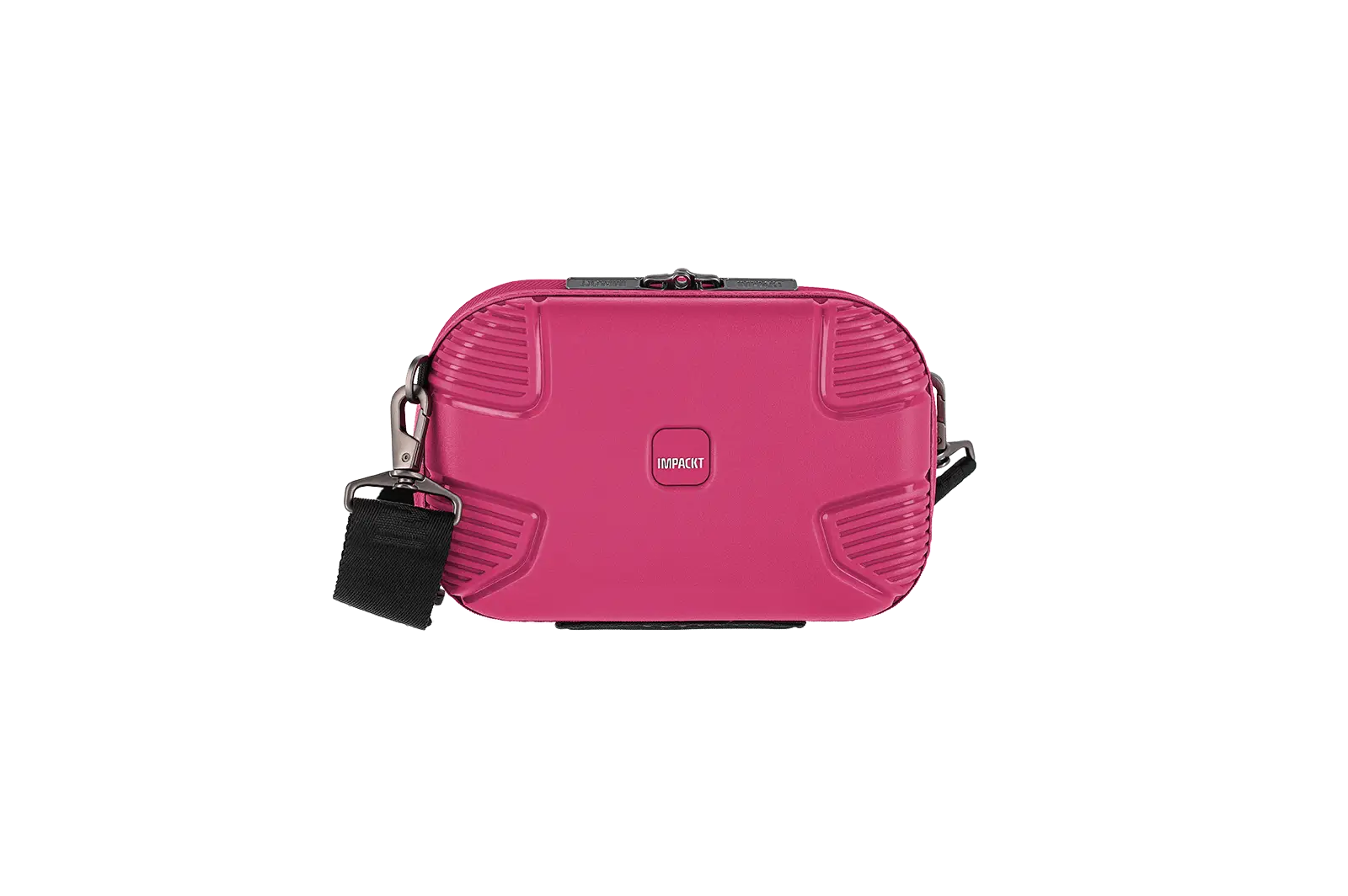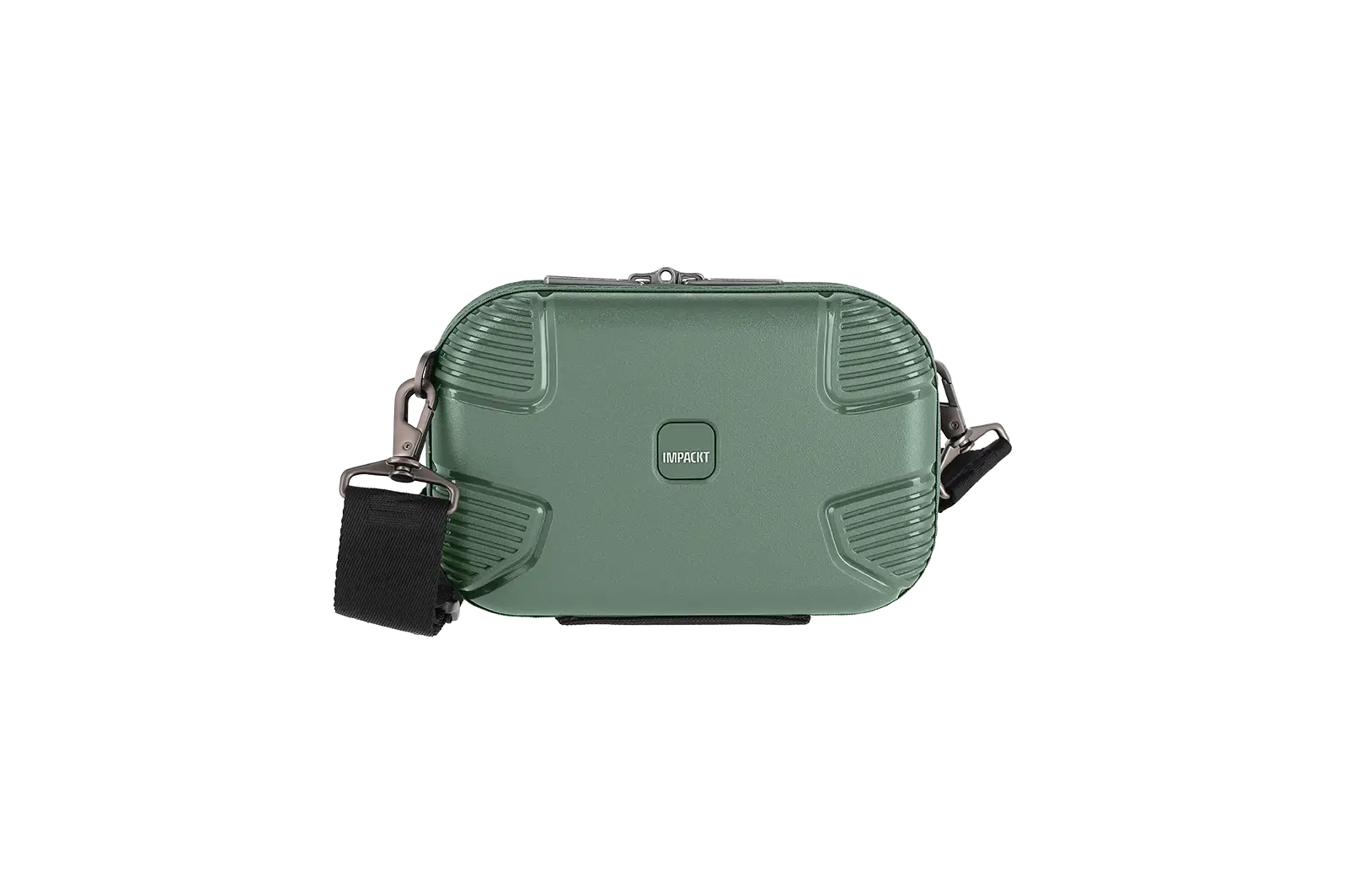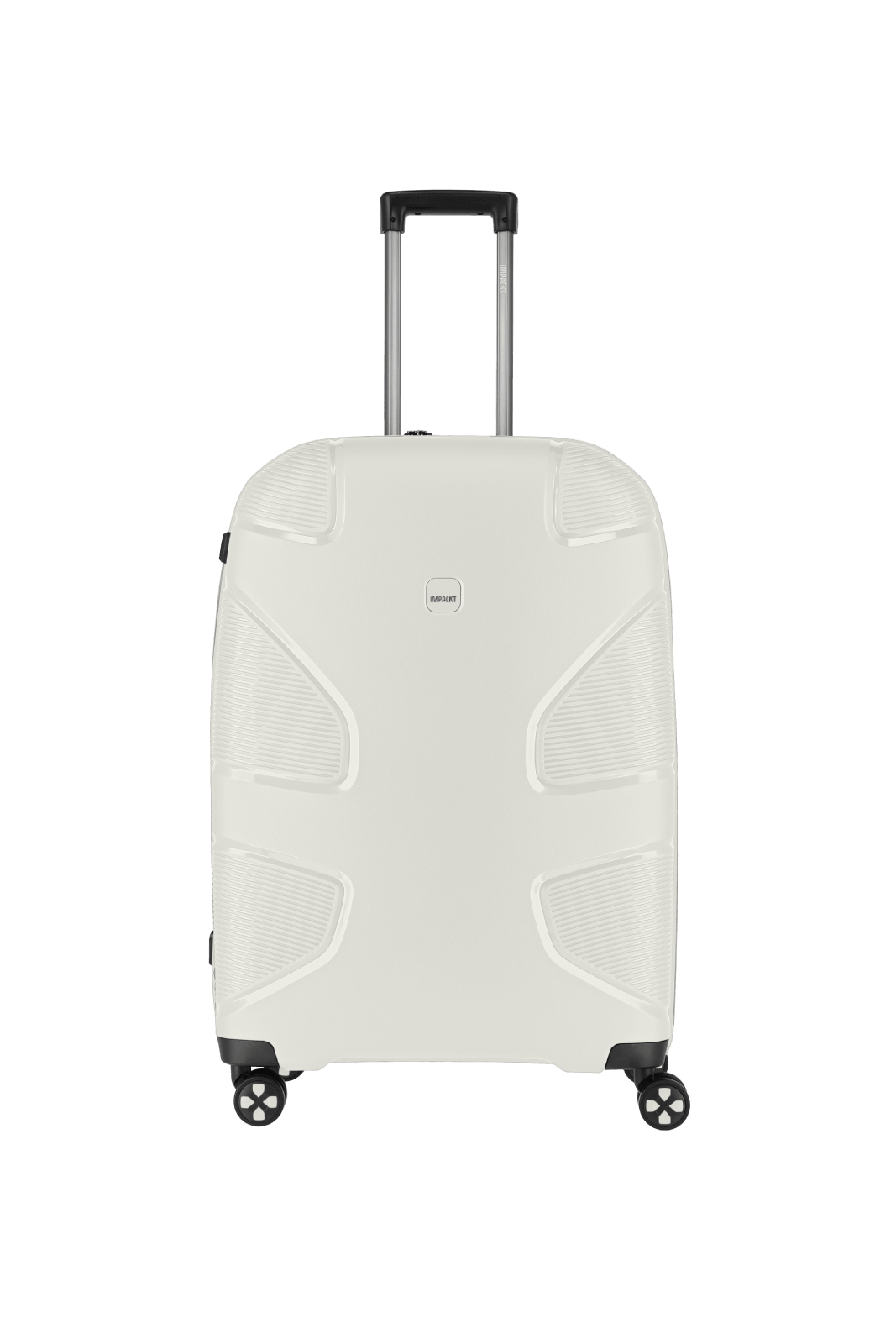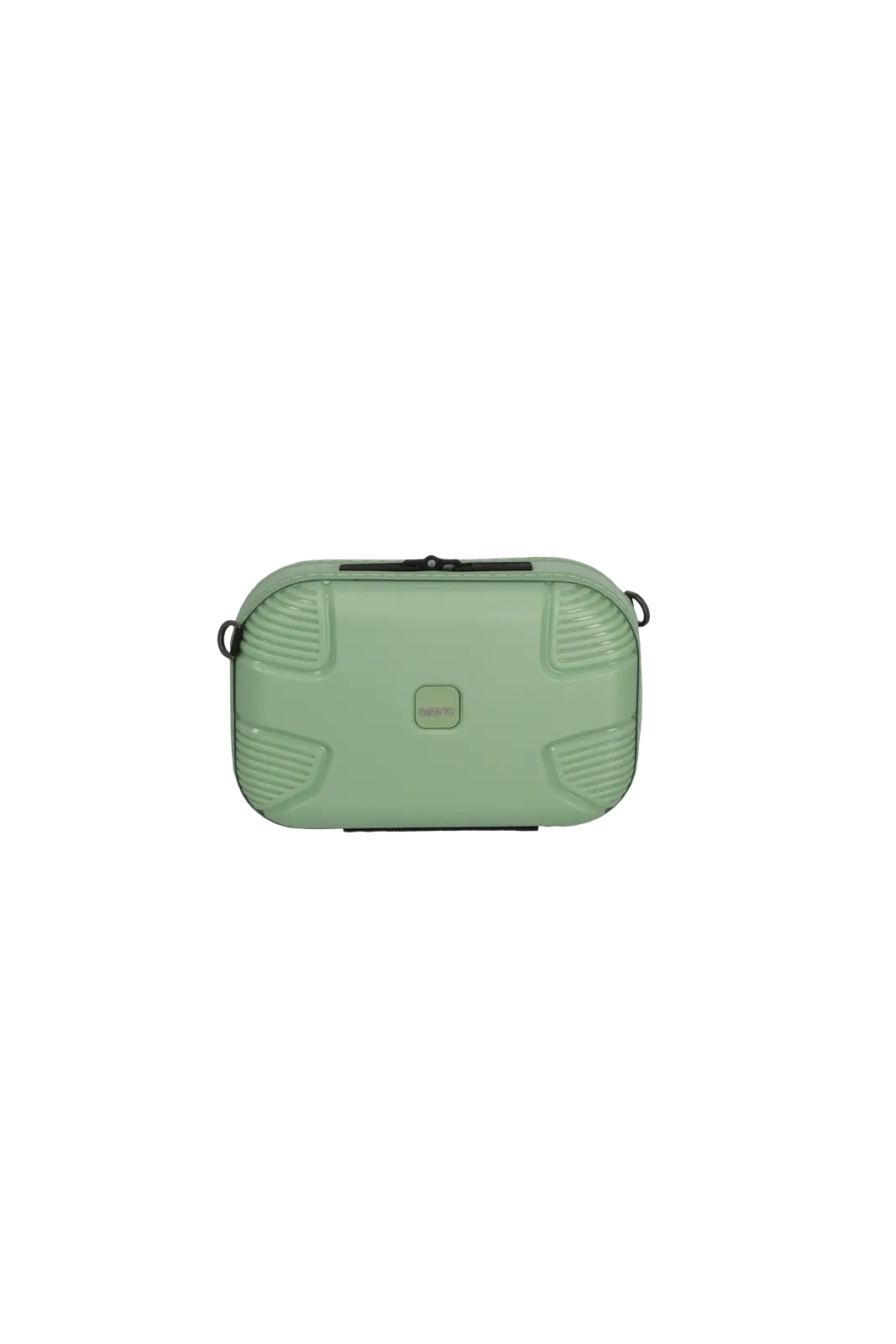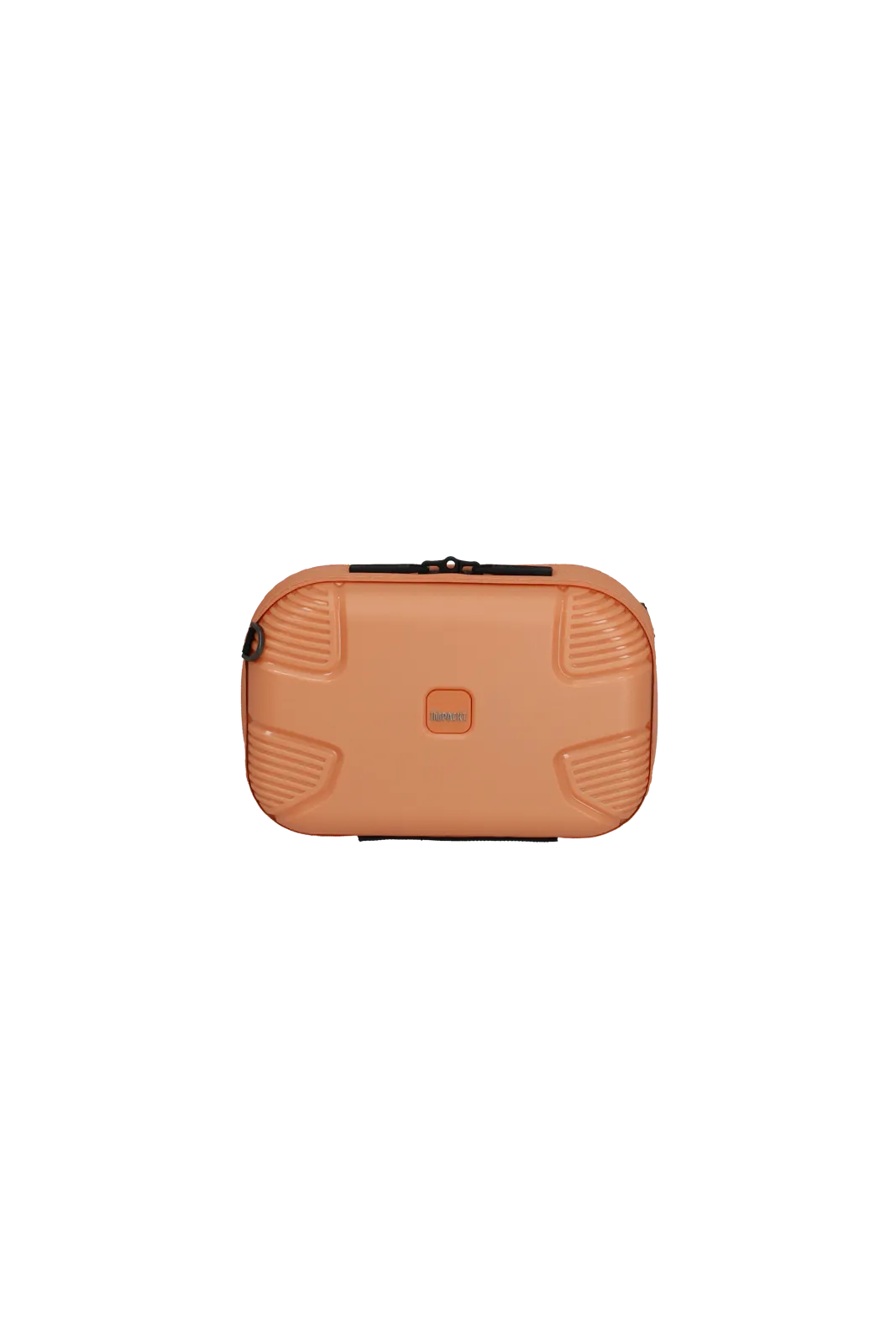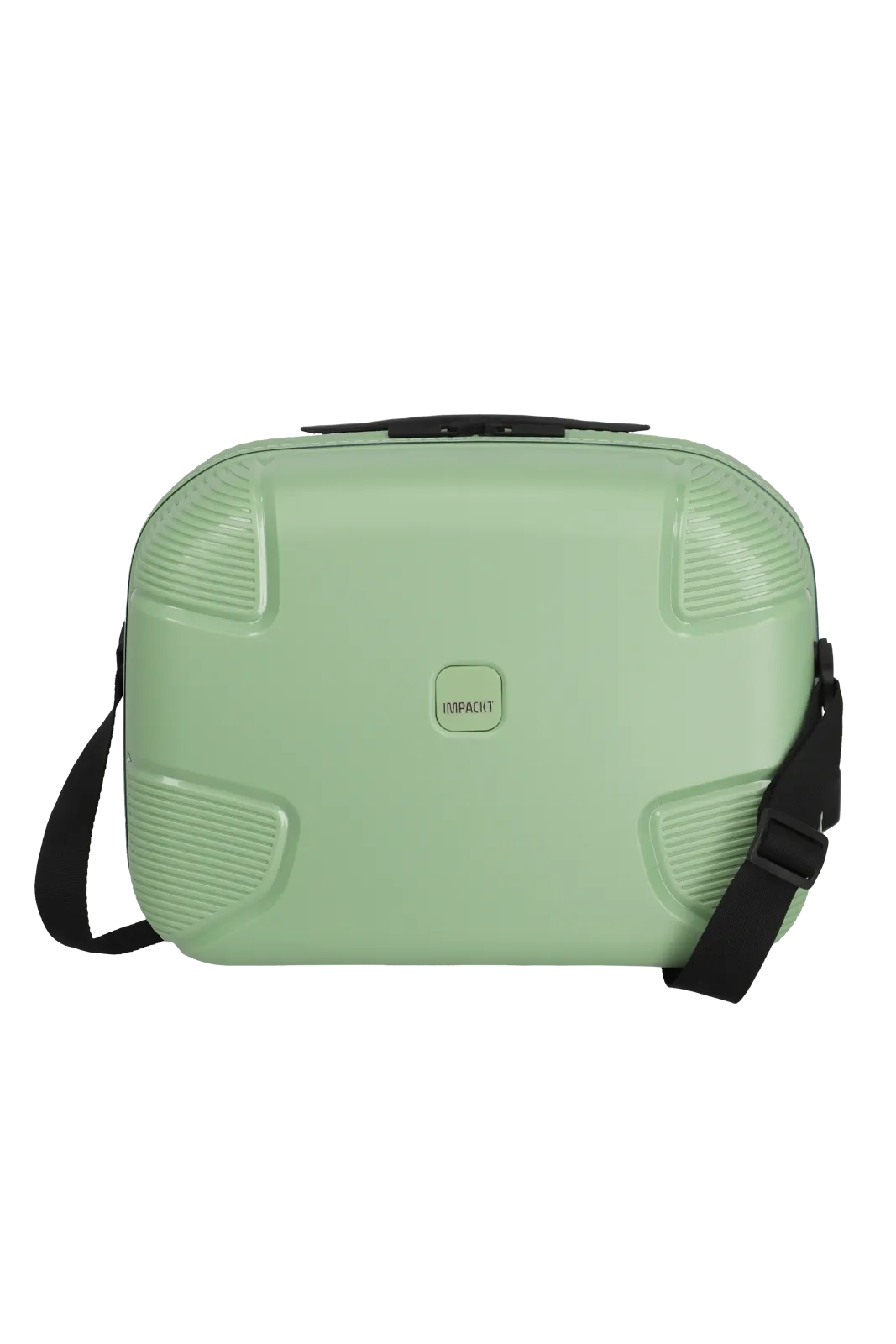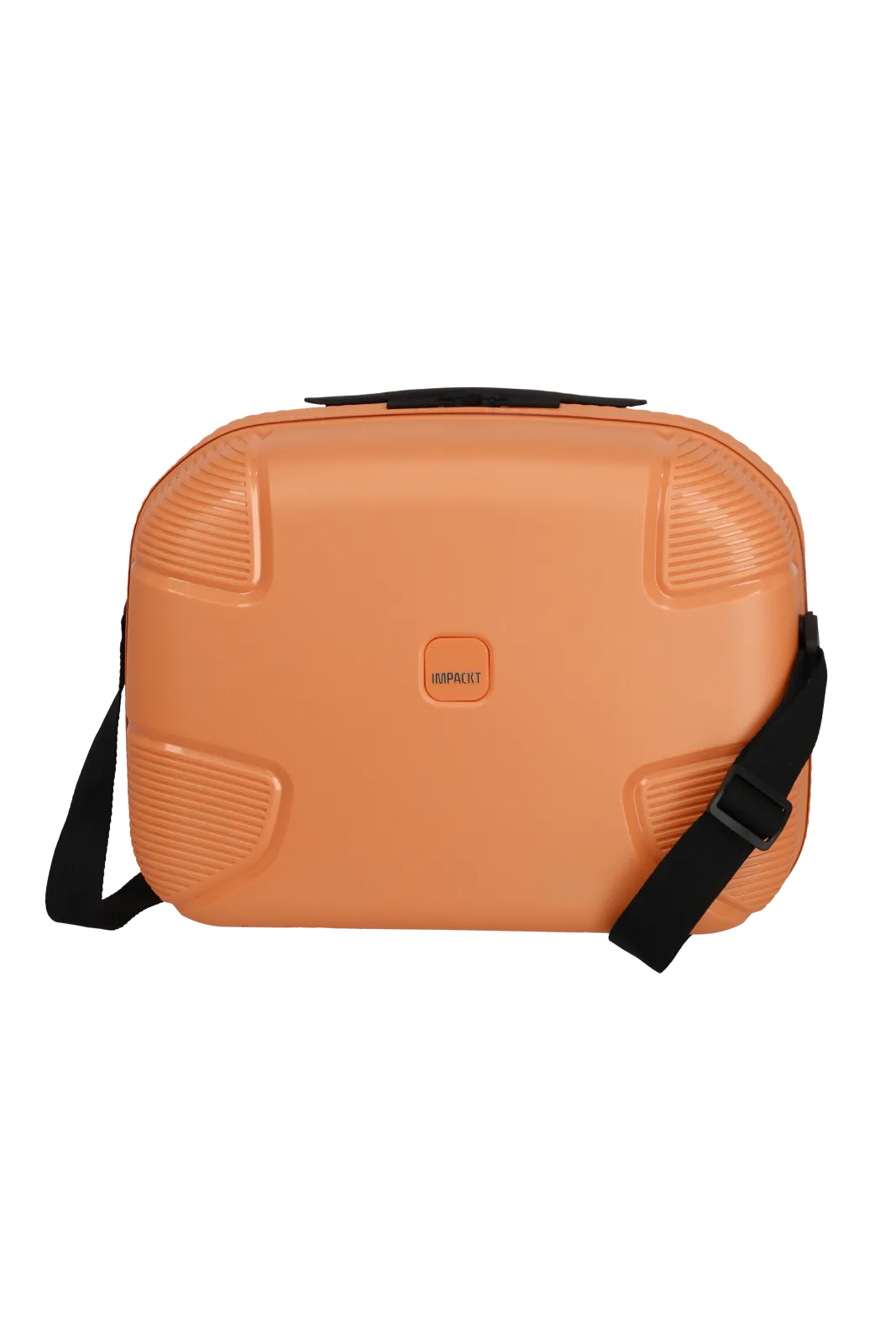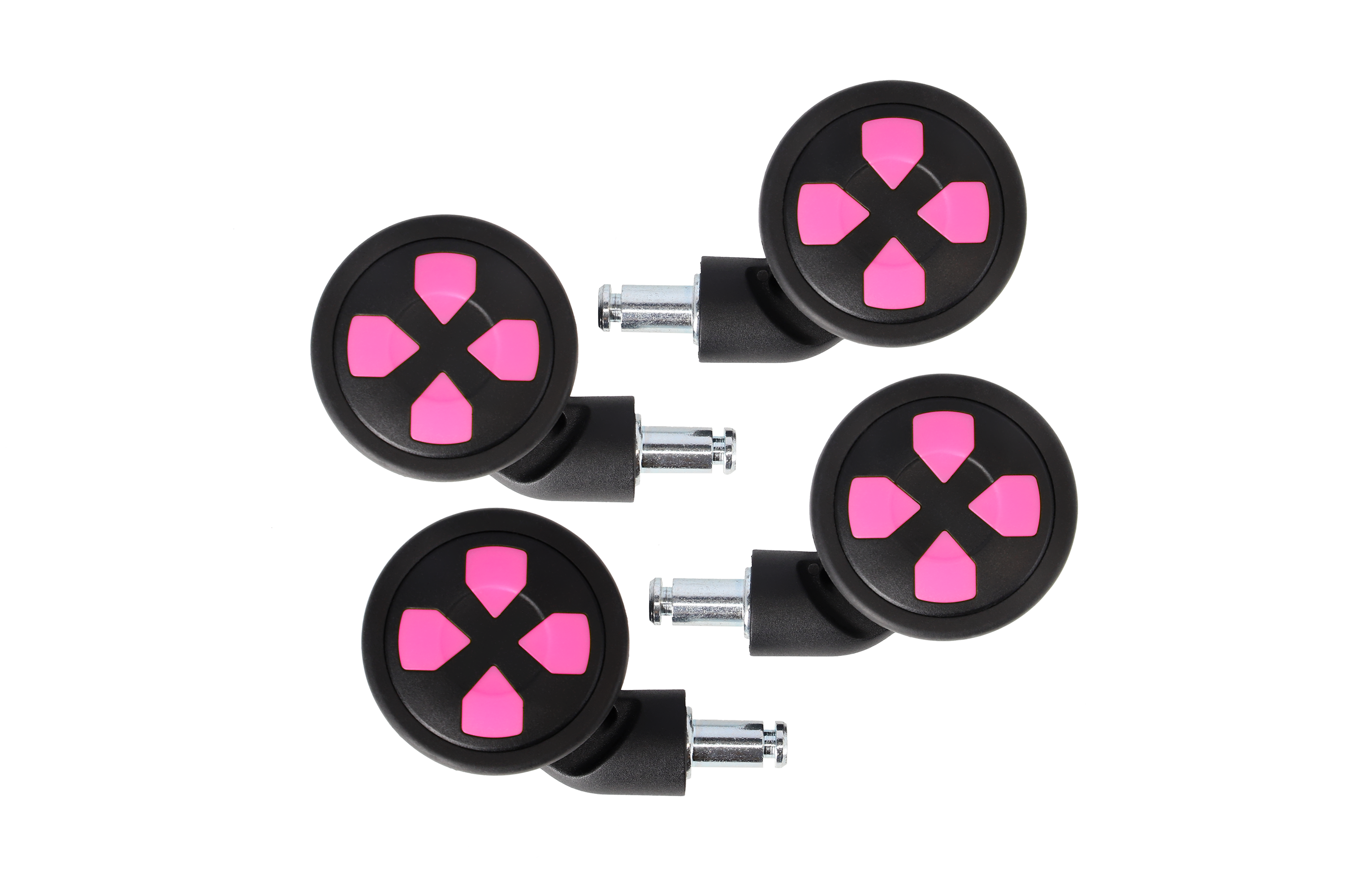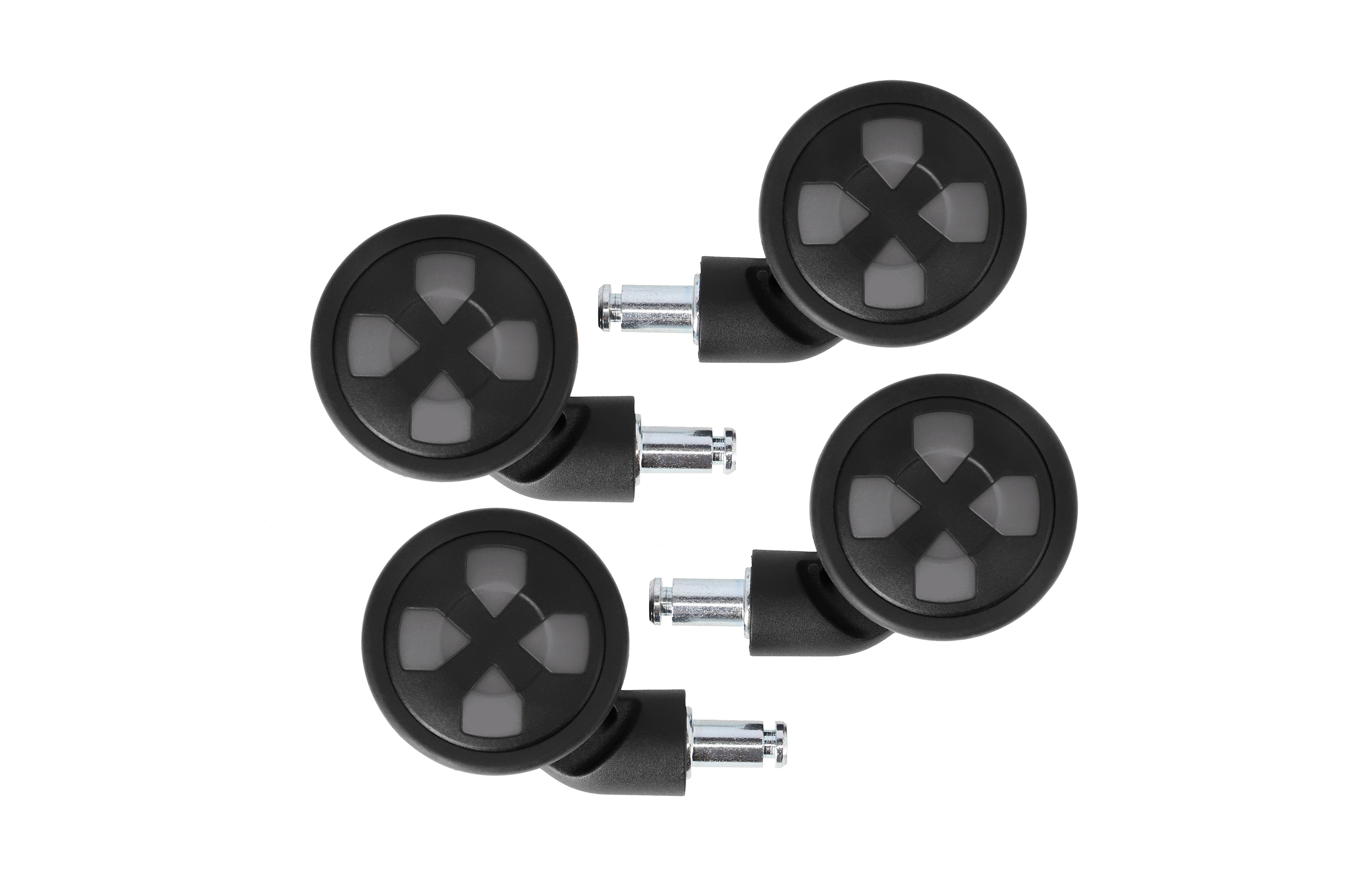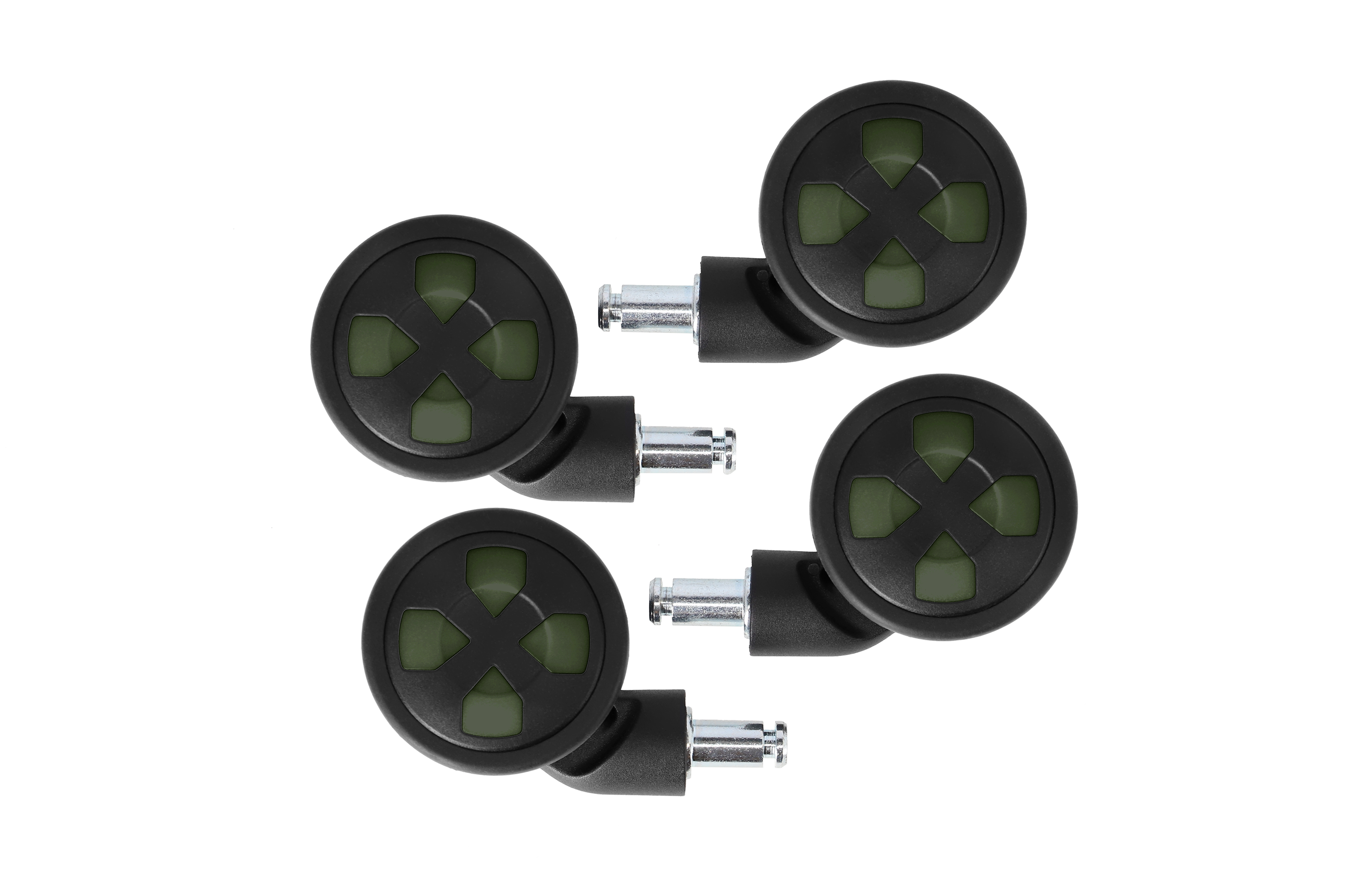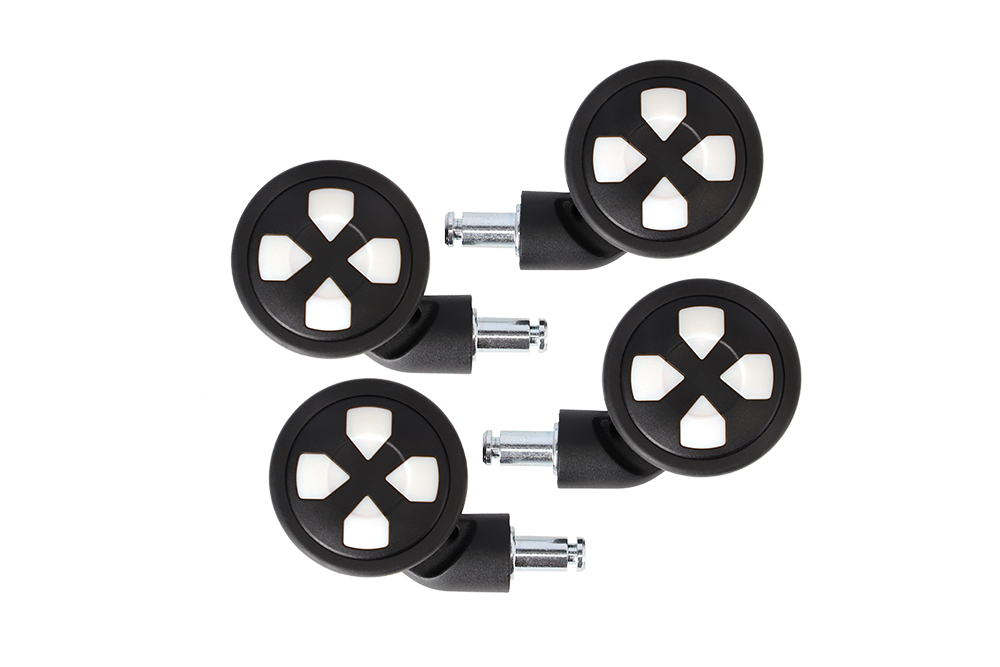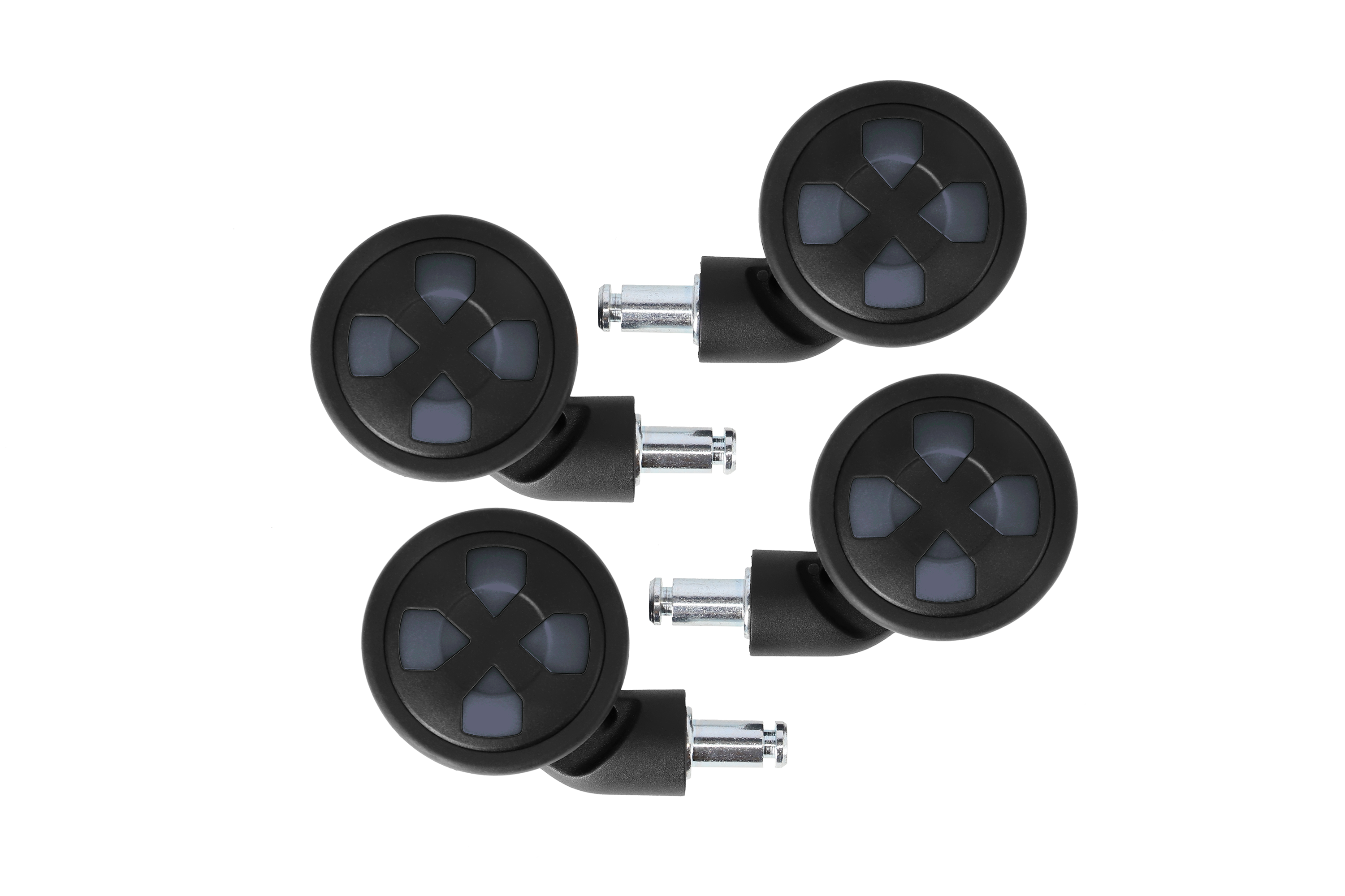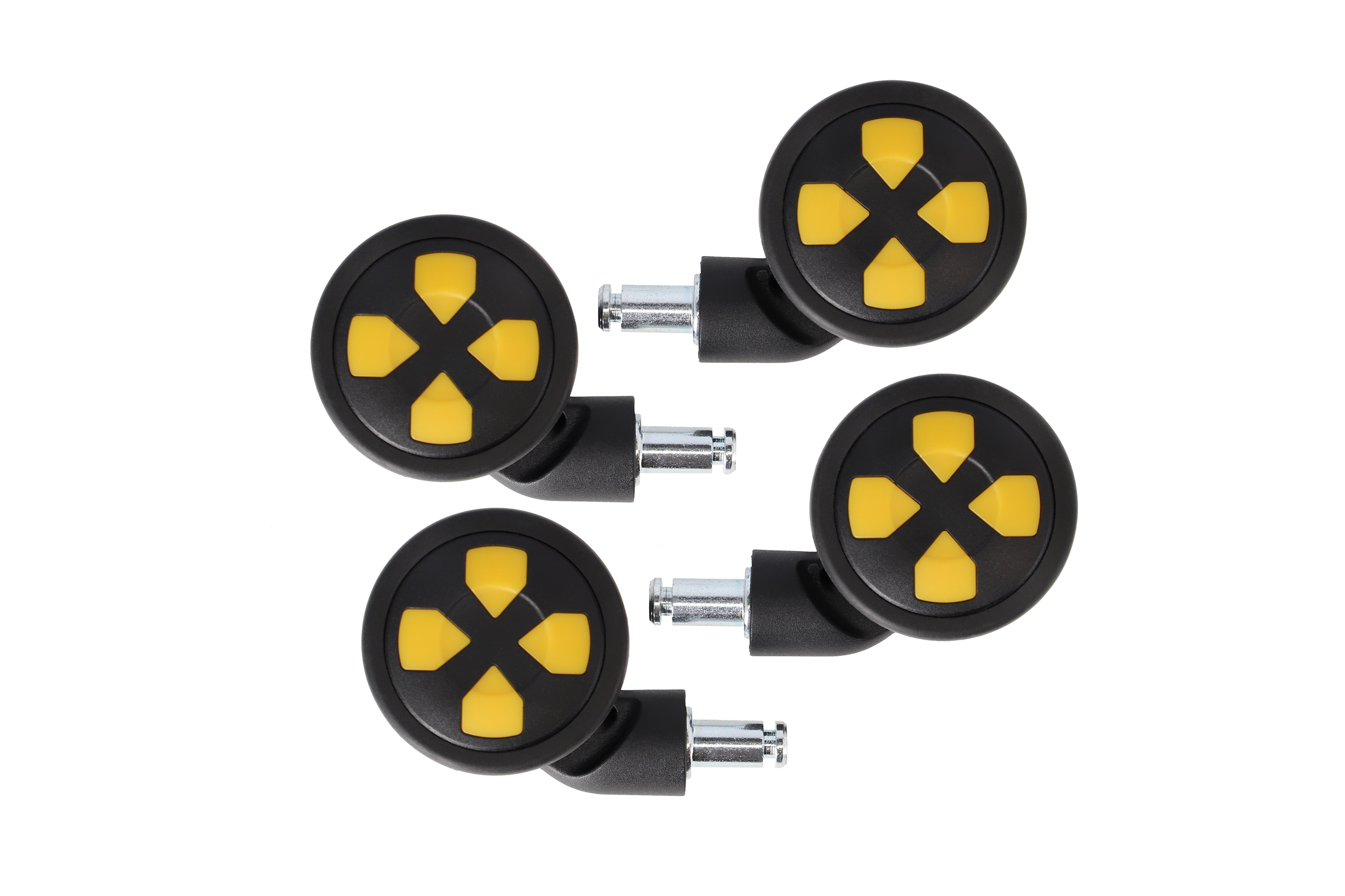You want to learn the Taiwanese art of calligraphy and swing the brush yourself? Then come with me to Taipei, where I meet in a surprising way my teacher Mr. Chen.
Discover with me the basics of brushwork and where you can buy traditional brushes as well as admire calligraphy art in a gallery.
Let's do sustainable travel activities together with IMPACKT to get a better insight into the language and culture of Taiwan.
Vegan and vegetarian fair in Taiwan
In search of climate-friendly experiences during our Taipei trip, my friend Flo and I stumble upon a vegan fair. Between stalls of
traditional tea and local meat substitutes that taste like smoked ham, older ladies and gentlemen paint the curved lines on fine paper.
I am immediately fascinated by it. So Flo, thanks to his knowledge of Mandarin, asks a friendly man named Mr. Chen for me if we can try handlettering. Before we know it, we find ourselves in a calligraphy workshop. Unexpected comes often.
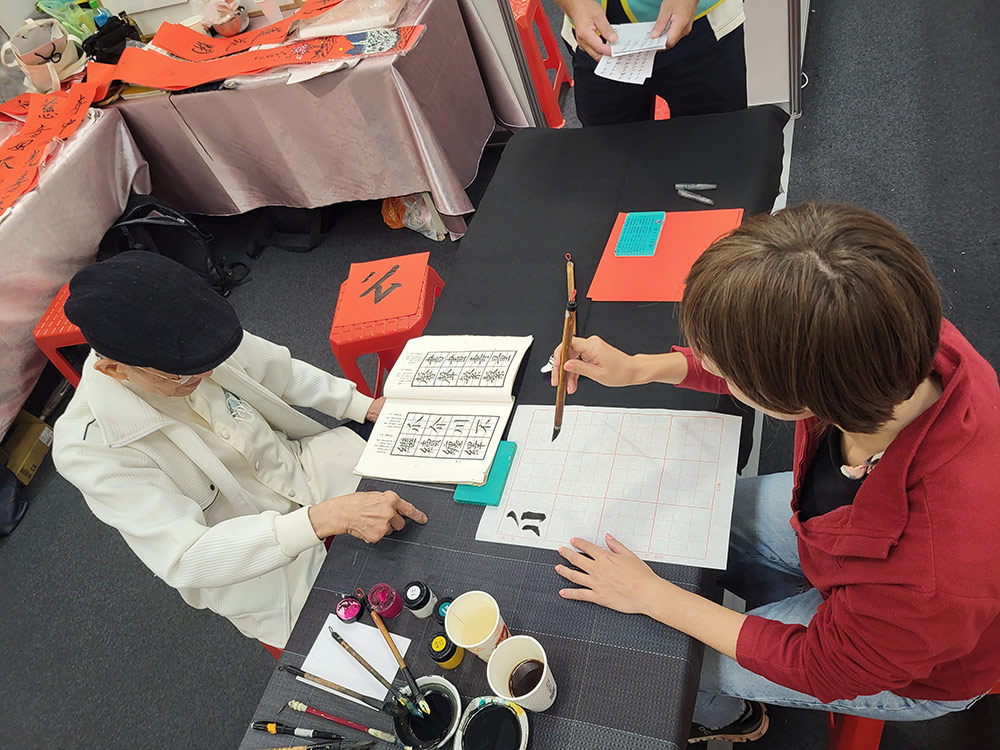
Basics of calligraphy
Calligraphy dates back to the Shang Dynasty in 1600 BC and is the oldest form of writing still in use on earth. Whether in mainland China or Taiwan, calligraphy is still a common hobby for older people - and for me.
To make sure Flo and I don't just brush something, Mr. Chen teaches us everything we need to know. In the process, we learn to pay attention to the correct brush and body posture.
In fact, there are many ways to hold a brush. Mr. Chen shows us one of the most common variations: First, you hold your hand like a gun and place the brush in the middle of your outstretched ring and middle fingers. Then you close your fingers around it and put your thumb in the middle between these two fingers;
Now assume posture and sit up straight. Place your free arm without the brush across the table in front of you. By supporting yourself, you gain more control and precision when painting. You also limit your range of motion so that you are as stable as a rock. Oh, and despite everything, stay loose.
With peace and coziness
After the short basics we start with the practice. With aesthetic and gentle movements, Mr. Chen demonstrates us each move and how we may place the strokes correctly.
It is fascinating to see how he masters the brushes and artfully puts the Chinese characters on the exercise paper.
Now it's our turn. Flo and I start with simple characters like 七 - in English "seven" - and then work our way up to more complex characters like 家 - in English"family". Every now and then our calligraphy teacher shows us new tricks and corrects our technique. Afterwards, we get to try it out again on the practice paper, which has several guide lines for writing, similar to an elementary school notebook.
It has been challenging, but Mr. Chen keeps encouraging us with the words "jin bu le," which means "you are making good progress." While I am directly praised and find the writing meditative, Flo is supported from all sides. Especially the old man is so kind and patient with him, as you would expect from a grandpa. Since there are not many foreigners:inside at the fair, he is especially happy about our interest in his passion for this beautiful writing.
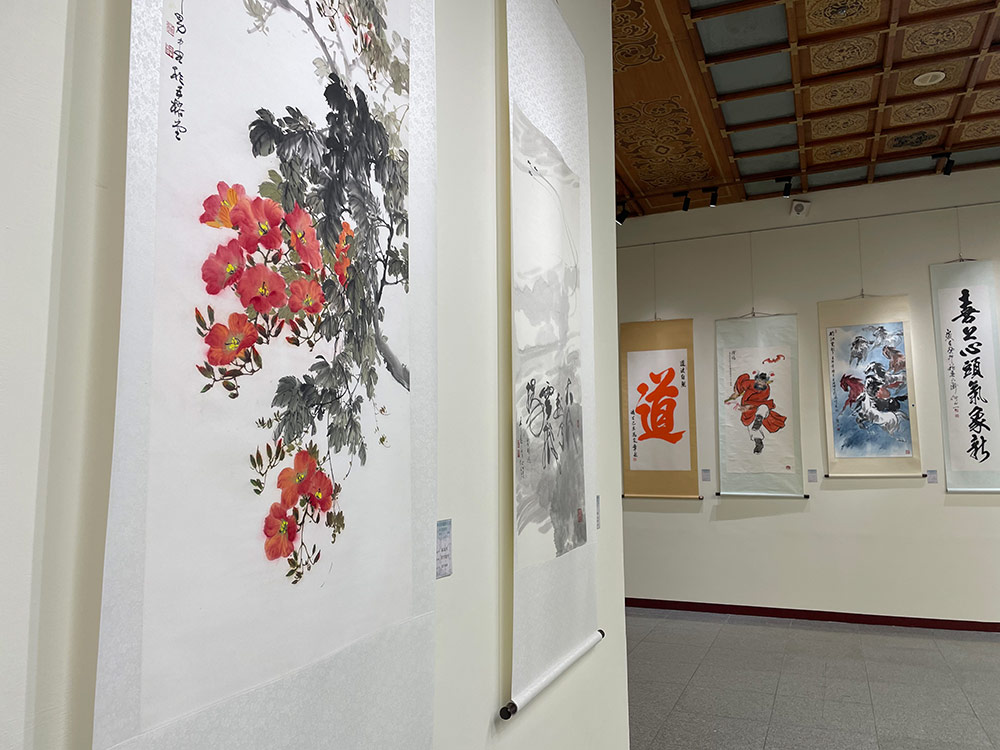
The order of the strokes and the swing is what matters
During our workshop, I notice that there are rules in Mandarin that I didn't know before. Especially the order of the strokes is exciting. There's even an app for that called Pleco Chinese Dictionary. It shows you the traditional and new characters and even tells you the order in which you should draw the strokes. The rule of thumb is: from top to bottom, from left to right. It is also important to pay attention to the pressure of the stroke and the width.
Easier said than done. After some practice, I finally get to write the word "happiness" on beautiful red paper. Why red paper in particular? It's the Taiwanese color of happiness. Fitting, isn't it?
When Flo and I have to leave after a few hours, we sincerely thank the Taiwanese Mr. Chen and his friend:inside. With a hand full of beautiful characters we say goodbye to this unforgettable experience.
Are you ready to dive into the world of calligraphy? All you need now is your matching brush.
Detour to the brush store in Winkelgasse
The authentic brush shop Geng Yan Chai is located in a hidden alley and is crammed with brushes of all shapes and sizes.
The store reminds me of Ollivanders, the specialist store for wands in Winkelgasse from the Harry Potter world. Similar to Ollivanders, we are also very well advised by the man there. Together we try out thick and long brushes of different shaft materials with all kinds of bristles - almost like the wand selection.
The magic paper
Instead of writing with ink on paper, we write with water on a magic cloth to test the brush. The reusable water writing cloth is also called "magic cloth". This achieves the same effect as when we paint on calligraphy paper. After a few minutes, the characters we drew will disappear and we can continue practicing.
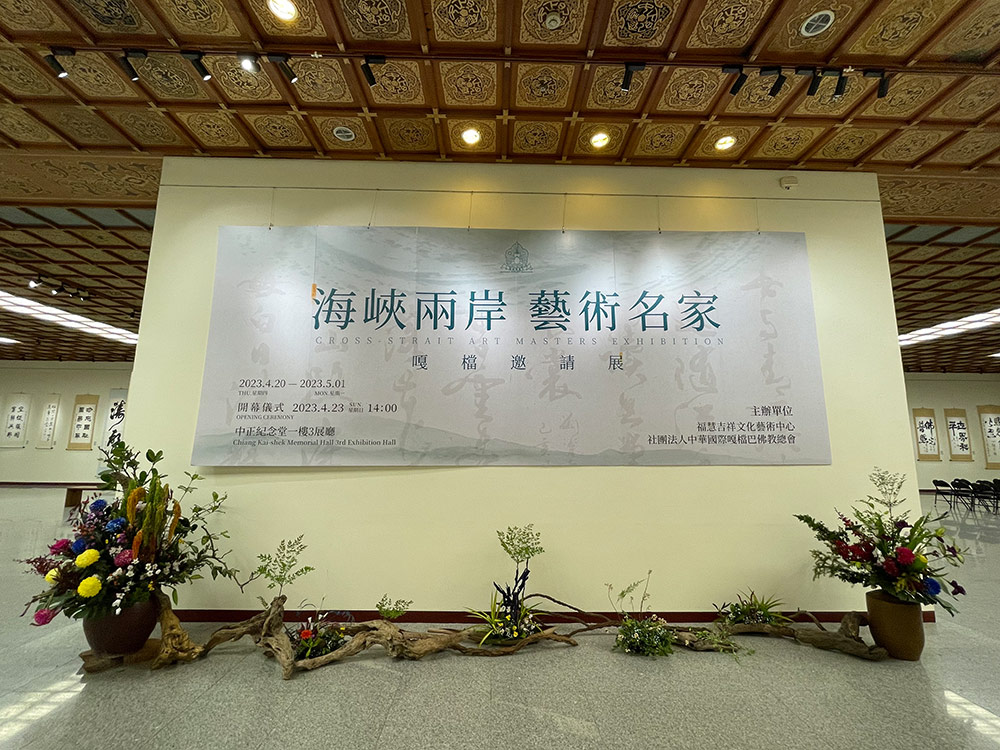
Calligraphy art in the museum
To conclude my Calligraphy Experience, I visit the fascinating Cross-Strait Art Masters Exhibition at the Chiang Kai Shek Museum. There I can admire more masterpieces and deepen my enthusiasm for this traditional art form. I was deeply impressed by the elaborate characters as well as paintings on the walls. Especially because I had trouble painting simple characters at all.
Find your calligraphy master
If you also want to learn the art of calligraphy, I recommend you to go everywhere where Mandarin is spoken. You can find calligraphy everywhere. Especially in parks, people are said to meet to paint calligraphy on stones with water. Who knows, maybe you will discover a calligraphy master like me;
Looking for more inspiration for your sustainable Taiwan tour by public transportation? How about a sustainable organic tea ceremony. Here go to my travel report.
Kind regards,
Franzi
